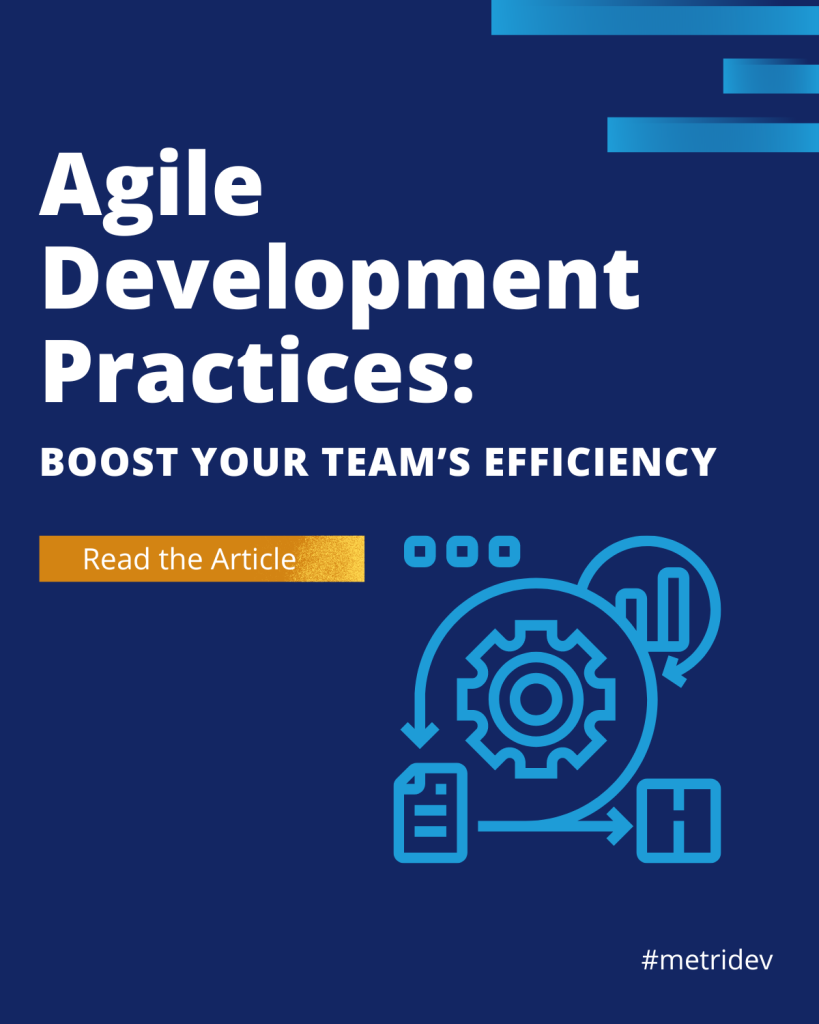Introduction
In the ever-evolving world of software development, the need for reliable and comprehensive performance evaluation has become increasingly crucial. Traditional metrics often fall short in capturing the true essence of a team’s productivity, efficiency, and overall effectiveness. Enter DORA software metrics, a revolutionary framework that is transforming the way organizations assess and optimize their software development processes.
What are DORA metrics software?
The DevOps Research and Assessment (DORA) team developed DORA metrics, also known as DevOps Research and Assessment metrics, as a set of key performance indicators (KPIs). These metrics provide a data-driven approach to measuring the performance and maturity of software development and delivery teams, enabling organizations to make informed decisions and drive continuous improvement.
What does DORA stand for in DevOps?
DORA, in the context of DevOps, stands for “DevOps Research and Assessment.” The DORA team, a group of renowned researchers and practitioners, has dedicated their efforts to understanding the factors that contribute to high-performing DevOps teams and organizations. Their research has culminated in the development of the DORA software metrics framework, which has become a game-changer in the world of performance evaluation.
Why DORA Software Metrics are a Game-Changer
DORA software metrics offer a comprehensive and data-driven approach to performance evaluation, addressing the shortcomings of traditional metrics. These metrics provide organizations with a clear understanding of their software development and delivery capabilities, allowing them to identify areas for improvement and make informed decisions to drive organizational success.
Key Components of DORA Software Metrics
The DORA software metrics framework consists of four key components:
- Deployment Frequency: This metric measures how often a team deploys code to production. It indicates the team’s ability to deliver value to customers quickly.
- Lead Time for Changes: This metric measures the time it takes for a committed change to be deployed to production. Consequently, it reflects the team’s efficiency in delivering new features.
- Time to Restore Service: This metric measures the time it takes to restore service when a failure occurs. Therefore, it highlights the team’s resilience and ability to respond to incidents.
- Change Failure Rate: This metric measures the percentage of deployments that result in a failure. As a result, it provides insight into the team’s quality assurance practices and overall reliability.
Benefits of Implementing DORA Software Metrics
Adopting DORA software metrics can bring a multitude of benefits to organizations. These benefits encompass Improved Decision-Making. DORA metrics provide a data-driven approach to performance evaluation, enabling organizations to make informed decisions and prioritize their efforts effectively. Additionally, Enhanced Collaboration is fostered through DORA metrics. Thus, they cultivate a culture of shared understanding and accountability, promoting collaboration across teams and departments. Furthermore, identifying and addressing bottlenecks in the software development and delivery process achieves Increased Efficiency. Consequently, they allow organizations to improve their overall efficiency and productivity. Moreover, DORA metrics contribute to Reduced Risks by helping organizations identify and mitigate risks. Therefore, these metrics help leading to more reliable and stable software deployments. Lastly, Continuous Improvement is facilitated as DORA metrics enable organizations to track their progress over time. Thus allowing them to identify areas for improvement and implement targeted interventions.

What is the DORA framework?
The DORA framework is a comprehensive approach to software development and delivery, which includes the DORA software metrics as a key component. The framework provides a holistic view of an organization’s DevOps maturity, encompassing not only the technical aspects of software development but also the cultural, organizational, and process-related factors that contribute to high performance.
How to Get Started with DORA Software Metrics
Implementing DORA software metrics can mark a transformative journey for organizations. To embark on this path, it’s essential to start with establishing a baseline. Gathering data on your current software development and delivery processes lays the foundation for your DORA metrics. Additionally, once the baseline is set, identifying improvement opportunities becomes the next crucial step. Organizations can pinpoint areas where enhancements can be made by analyzing the DORA metrics. Subsequently, implementing targeted interventions based on these identified improvement opportunities is vital. These interventions address the root causes of performance issues, propelling the organization towards its goals. Lastly, continuous monitoring and iteration are imperative. By regularly monitoring DORA metrics and making adjustments to interventions as needed, organizations ensure they are on a trajectory of continuous improvement.
How to measure DORA reliability?
Measuring the reliability of your software development and delivery processes is a crucial aspect of the DORA software metrics framework. The “Time to Restore Service” metric is a key indicator of reliability, as it measures the time it takes to restore service when a failure occurs. By tracking this metric, organizations can gain insights into their ability to respond to incidents and maintain the stability of their software systems.
Some Tools and Resources
A variety of tools and resources can support the implementation of DORA software metrics.The DORA Metrics Dashboard provides a centralized platform for tracking and visualizing DORA metrics, facilitating comprehensive performance analysis. Moreover, organizations can leverage DORA benchmarking data to compare their performance against industry standards and identify areas for improvement. Furthermore, DORA offers training and certification programs to help organizations and individuals develop the necessary skills and knowledge to effectively implement and utilize DORA software metrics, fostering continuous improvement and proficiency.
What are DORA metrics in scrum?
Organizations can seamlessly integrate DORA software metrics into Scrum, a popular Agile framework for software development. In the Scrum context, DORA metrics can provide valuable insights into the team’s performance, enabling them to identify and address bottlenecks, improve collaboration, and drive continuous improvement.
Common Challenges and Solutions
While organizations may face various challenges in implementing DORA software metrics, the benefits of these metrics are well-documented. Some common challenges and potential solutions include:
- Data Availability and Quality: Ensuring the availability and accuracy of the data required for DORA metrics can be a challenge. Organizations can address this by implementing robust data collection and management processes.
- Organizational Resistance to Change: Adopting a new performance evaluation framework may face resistance from teams or departments. Effective change management strategies, such as communication, training, and stakeholder engagement, can help overcome this challenge.
- Aligning DORA Metrics with Organizational Goals: Ensuring that DORA metrics are aligned with the organization’s strategic objectives is crucial. By establishing a clear connection between DORA metrics and organizational goals, organizations can drive meaningful improvements.
- Interpreting and Acting on DORA Metrics: Interpreting the DORA metrics and translating them into actionable insights can be a challenge. Organizations can address this by providing training and support to their teams, as well as leveraging the expertise of DORA experts and consultants.
DORA metrics Google
Google, a pioneer in the field of DevOps, has actively developed and promoted the DORA software metrics framework. As a founding member of the DORA initiative, Google has contributed to the research and validation of these metrics, helping to establish them as a industry-standard for performance evaluation.Embrace the power of DORA software metrics and transform your organization’s performance evaluation.
Conclusion
In the ever-evolving world of software development, DORA software metrics have emerged as a game-changer, providing organizations with a comprehensive and data-driven approach to performance evaluation. By adopting the DORA framework, organizations can gain valuable insights, drive continuous improvement, and unlock new levels of efficiency and reliability in their software development and delivery processes.
As the industry continues to evolve, the importance of DORA software metrics will only continue to grow, making it a critical component of any organization’s performance evaluation strategy. By embracing DORA metrics, organizations can position themselves for long-term success, delivering high-quality software and exceeding customer expectations.
Read our article DORA Metrics Dashboard: Harnessing Data for Success to learn how you can implement DORA metrics and unlock the full potential of your software development and delivery processes.









Leave a Reply